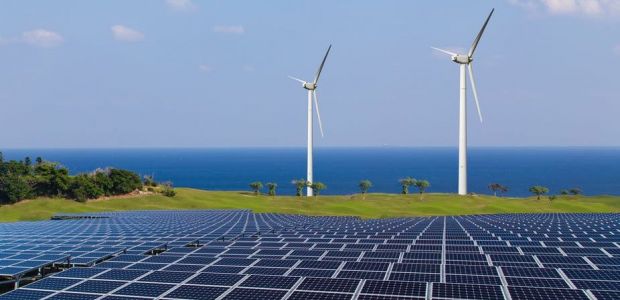Solar energy units are on course to overtake wind energy as the country’s biggest RES sub-sector, given the growing number of installations of the former and a slowdown of the latter during the first half, latest data provided by DAPEEP, the RES market operator, has shown.
At the current rate, the total capacity of solar energy facilities could, for the first time ever, exceed that of wind energy units in the second half of this year.
At present, the country’s wind energy capacity totals 4,294 MW, solar energy capacity is at 4,173 MW, and roof-mounted photovoltaics are at 371 MW. They are followed by small-scale hydropower units (246 MW), biogas-biomass (99 MW) and cogeneration-combined hear and power (118 MW).
The country’s installed RES capacity increased by 207.4 MW in May, solar energy units being the biggest contributor (153.2 MW), followed by wind energy (51.8 MW), small-scale hydropower units (1.7 MW) and biomass (0.7 MW), the DAPEEP figures showed.
The RES market operator expects renewable energy installations in 2022 to reach 1,900 MW, led by solar energy units (950 MW), and followed by wind energy (910 MW), biomass (15 MW), cogeneration-combined hear and power (15 MW), and small-scale hydropower (10 MW).
Greece’s total installed RES capacity reached 9,300 MW in May, up from 8,500 MW at the beginning of the year, the DAPEEP data showed.





